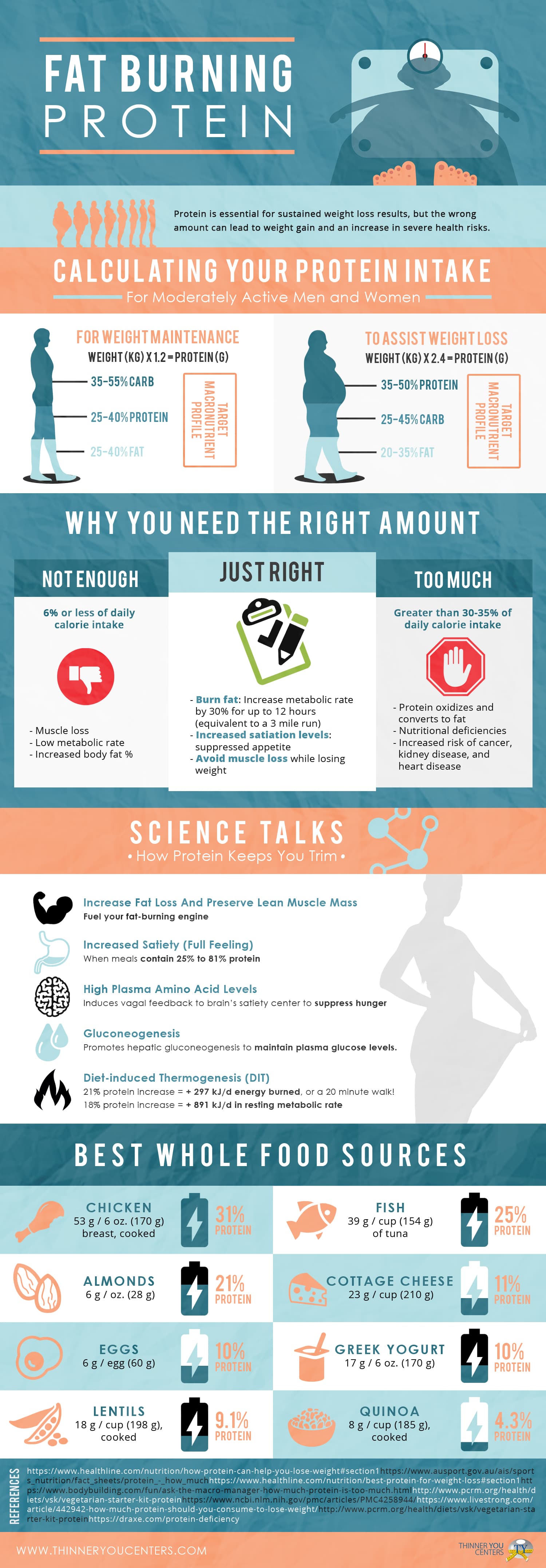Step By Step Guide For Calculating Cold Laser Therapy Costs
Step By Step Guide For Calculating Cold Laser Therapy Costs
Blog Article
Scientific Research Study on the Efficiency of Cold Laser Strategy
Cold laser treatment is a valuable device to assist hurting monitoring and the recovery procedure. It is usually used in sports medication, dermatology and acupuncture.
Cold lasers permeate deep into cells and promote chemical modifications without warming them. They lower swelling and swelling, speed up mobile task and speed up recovery.
Academic History
Unlike the high-intensity lasers that surgeons use to puncture cells, cool laser treatment uses light-emitting diodes to pass through right into your skin and advertise recovery. As these photons get to damaged tissues, they initiate a chain reaction that enhances your cells' manufacturing of enzymes and increases your body's all-natural recovery processes.
The photons also lower discomfort with the manufacturing of endorphins and boost your body's capacity to drain pipes inflamed areas by causing vasodilation (the expansion of blood vessels). As a result, it assists you recuperate from musculoskeletal injuries and discomfort faster.
Lots of people have actually become aware of chilly laser treatment from their physical therapist, chiropractic doctor or doctor and might be questioning exactly how it works. Unlike the majority of laser tools utilized in the medical field, which in fact warm up cells, our advanced devices gives off cold laser beam that don't create any kind of heating of your tissues. This enables your body to obtain the therapeutic benefits without triggering any kind of negative effects.
Scientific Trials
Cold laser therapy is often advised as a treatment option for people that have musculoskeletal pain and injuries. It can be made use of to minimize inflammation, strengthen cells and speed up the body's natural recovery procedures.
Non-thermal photons of red and infrared laser radiation are absorbed by the light delicate elements in cells and launch a boost in intracellular metabolism that raises cell reproduction, lowers inflammation, eliminates edema and reduces healing time.
Unlike the light that is created by sunshine or common lights, laser light is parallel (all wavelengths traveling in the same direction), systematic and monochromatic. These properties allow laser power to penetrate deeper right into the tissues.
Numerous scientific tests have actually revealed that LLLT can be reliable in decreasing discomfort in the musculoskeletal system. Nonetheless, more properly designed research studies are required to review the ideal settings for laser irradiation and to identify its effectiveness in details conditions, such as oral mucositis in cancer cells patients getting radiation treatment or radiotherapy, and injury recovery (consisting of diabetic ulcers following hammertoe surgery). This Aetna policy publication does not resolve various other uses of LLLT, including the therapy of numerous skin diseases.
Conclusions
Unlike medical lasers that can damage lumps or coagulate cells, chilly laser therapy does not heat up the body's cells. Instead, the light stimulates your cells to produce adenosine triphosphate, which speeds up the repair process of damaged cells.
Aetna takes into consideration low-level laser (LLL) treatment medically required for the prevention of oral mucositis related to cancer cells therapy (chemotherapy, radiation therapy, hematopoietic stem cell transplantation) and non-cancer therapies laser tattoo removal (such as radiodermal injury, fibromyalgia). A number of research studies showed that LLT can be effective in reducing PU signs and symptoms without damaging impacts. Nevertheless, differences in study designs and laser dosimetry made contrast of the outcomes tough; RCTs with low risk of bias are required. Using a 660 nm wavelength and higher energy thickness seems a lot more efficient than the other studied laser wavelengths. This could be due to the fact that the various other wavelengths may stimulate inflammatory procedures and trigger more side effects. The impact of the kind of laser made use of is additionally vital; the writers recommend that future research study focus on reviewing various sorts of lasers and their doses to establish the ideal combination of laser parameters for PU prevention.
Referrals
Cold laser treatment is utilized by dental professionals to deal with irritated periodontal tissue, medical professionals to ease discomfort brought on by rheumatoid arthritis, and physiotherapists to speed the recovery of muscle mass, ligament, and ligament injuries. Several clinical insurance coverage plans cover this treatment.
Unlike hot lasers, which have a thermal effect on cells, chilly lasers (additionally called low-level lasers) promote the mobile energy of the skin. Photons from the laser light penetrate right into the cell, triggering a series of chemical adjustments that advertises regrowth and decreases inflammation.
In order to be effective, lasers must be correctly configuration and used. This is why it is not suggested to get a cheap non-prescription laser gadget and try to treat on your own at home. A skilled practitioner is needed to make certain that the device is used appropriately to reduce the risk of eye injury and optimize its efficiency. The laser tool need to be adapted to the correct setup, strength, frequency, and position of the laser on the therapy area.